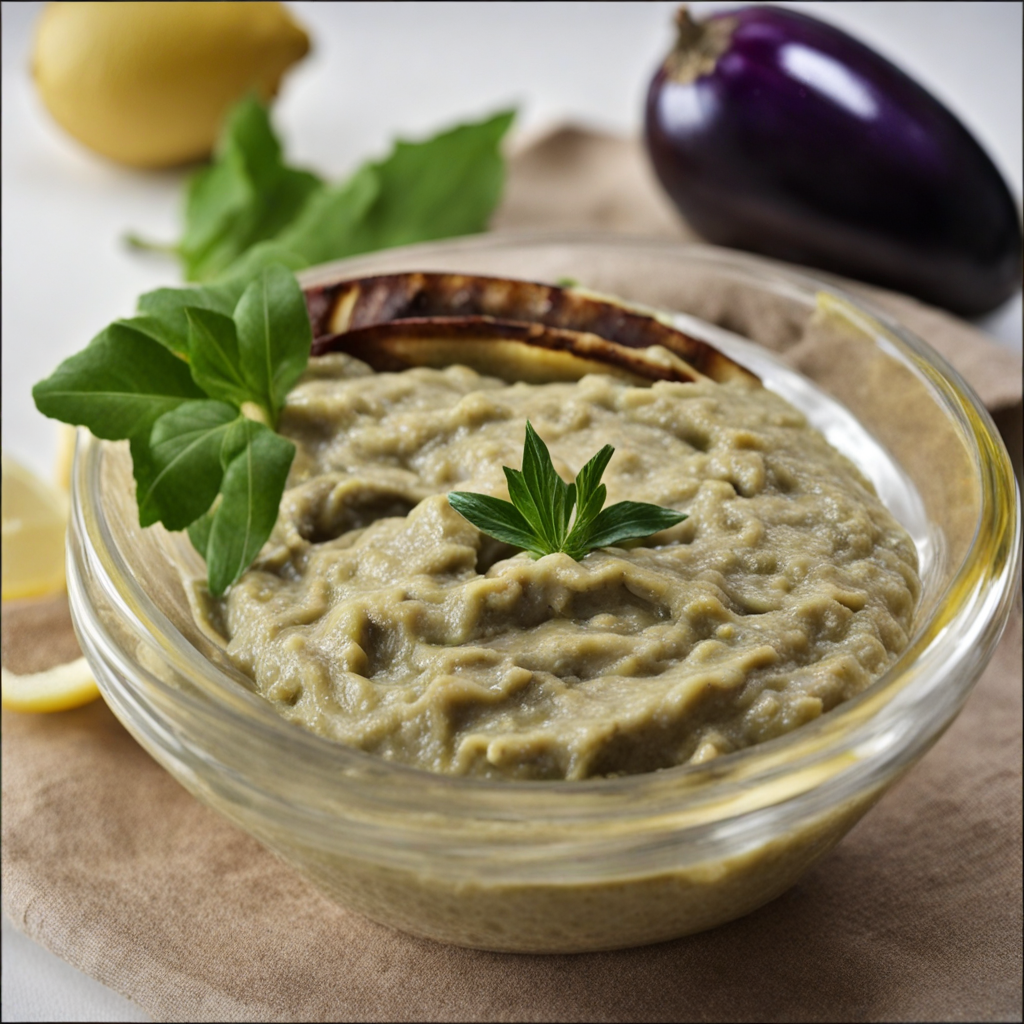Retsina
Retsina is a unique Greek wine that is distinctively flavored with pine resin, a traditional practice that dates back to ancient times. The addition of resin not only preserves the wine but also imparts a remarkable aromatic quality that is both refreshing and complex. The flavor profile of Retsina typically features herbal and citrus notes, with a subtle hint of resin that adds an intriguing earthiness. This blend of tastes creates a vibrant experience for the palate, making it a delightful option for adventurous wine lovers looking to explore something different from conventional varieties. When enjoying Retsina, the wine is often paired with a range of Greek dishes, enhancing the overall dining experience. Its crisp acidity complements a variety of meze, such as feta cheese, olives, and grilled seafood, allowing the flavors to harmonize beautifully. The resinous character of Retsina also works well with richer dishes like roasted lamb or hearty stews, creating a balance that elevates the meal. Whether sipped on a warm summer evening or enjoyed during a festive gathering, Retsina brings a taste of Greece's culinary heritage to the table. The experience of drinking Retsina is not just about flavor; it's also about the cultural significance and the connection to the land. Traditionally enjoyed during social gatherings and celebrations, Retsina embodies the spirit of Greek hospitality. Its unique taste is a testament to the country’s winemaking history and the innovative ways in which ancient techniques are still celebrated today. For those looking to expand their culinary horizons, Retsina offers a captivating journey through the flavors of Greece, inviting you to savor a taste that is truly one-of-a-kind.
How It Became This Dish
The History of Ρετσίνα: Greece’s Unique Resinous Wine #### Origins Ρετσίνα (Retsina) is much more than just a wine; it is a historical emblem of Greek culture, embodying the quintessence of the Mediterranean spirit. Its origins can be traced back over 2,000 years to ancient Greece, where the use of resin in wine production was primarily a practical solution to a common problem: the preservation of wine. In a time before modern bottling and storage techniques were available, wine was often transported in clay amphorae sealed with resin to prevent spoilage and contamination. The resin, primarily derived from the Aleppo pine tree, not only protected the wine but imparted a distinctive flavor. The earliest archaeological evidence of resinous wines can be found in ancient Greek amphorae dating back to the 5th century BC. These vessels, often discovered in burial sites and storage rooms, contained remnants of wine infused with resin, suggesting that the practice was widespread even in antiquity. The ancient Greeks held wine in high esteem, associating it with Dionysus, the god of wine and revelry, and their celebrations often featured the consumption of various wine styles, including those infused with resin. #### Cultural Significance Retsina is more than just a drink; it is a cultural artifact that reflects the Greek way of life. The traditional method of making Retsina involves adding pine resin to the wine during fermentation, a practice that has remained largely unchanged over the centuries. The flavor profile of Retsina is characterized by its aromatic, piney notes, which evoke the landscapes of Greece, where pine forests dominate the terrain. In ancient times, Retsina was typically enjoyed during communal gatherings, religious ceremonies, and festivals. Its unique flavor made it a natural companion to the Mediterranean diet, which celebrated fresh ingredients and robust flavors. Retsina became synonymous with Greek hospitality, often served in traditional tavernas alongside meze—small plates of food that range from olives and cheeses to grilled meats and seafood. During the Byzantine period, the production of Retsina continued, albeit with variations. The empire was known for its luxurious and extravagant banquets, where fine wines were served alongside sumptuous dishes. Retsina retained its popularity, particularly in the regions surrounding Athens and the islands, where it was often produced in small, family-run wineries. #### Development Over Time As Greece evolved through various historical epochs, so too did Retsina. The Ottoman occupation from the 15th to the 19th centuries introduced new influences to Greek wine production. While the Ottomans had a preference for sweeter wines, the Greeks maintained their traditional practices, ensuring that Retsina remained a staple in the local wine culture. The 20th century marked a significant shift for Retsina, as Greece underwent dramatic social and economic changes. The aftermath of World War II and the Greek Civil War saw a decline in traditional winemaking practices, with many vineyards neglected. However, the 1960s and 1970s heralded a renaissance for Greek wines, including Retsina. As the country began to modernize and embrace its cultural heritage, winemakers sought to revive traditional methods. They began to experiment with different grape varieties alongside the resin, refining the production techniques and enhancing the overall quality of the wine. During this period, Retsina gained international attention. Greek immigrants around the world helped introduce Retsina to new audiences, and it began to appear in restaurants and Mediterranean-themed establishments outside of Greece. The wine’s distinctive flavor profile, which many found unusual yet intriguing, captured the imagination of adventurous palates seeking authentic experiences. #### Contemporary Retsina Today, Retsina is enjoying a resurgence as part of the broader movement to celebrate traditional and artisanal foods. Greek winemakers have embraced quality over quantity, producing Retsina that reflects both regional characteristics and modern sensibilities. Many producers now source high-quality grapes, such as Savatiano and Assyrtiko, known for their ability to complement the resin's flavors. The contemporary Retsina experience is often paired with traditional Greek cuisine, which emphasizes fresh, local ingredients. Its crisp acidity and unique aroma work harmoniously with grilled octopus, seafood dishes, and even spicy mezes, making it a versatile choice for dining. The wine has also found a place among sommeliers and wine enthusiasts who recognize its historical and cultural significance, promoting it as a wine to be savored and respected rather than dismissed as a mere local curiosity. Moreover, the rise of the natural wine movement has led to an increase in artisanal Retsina production, with some winemakers opting for organic and biodynamic methods. This has further enhanced the reputation of Retsina as a wine that respects the land and its traditions while appealing to modern consumers who value sustainability. #### Conclusion Retsina is a testament to the enduring legacy of Greek wine culture, encapsulating the history, geography, and spirit of Greece in every bottle. From its ancient origins as a practical solution to a preservation challenge to its status today as a symbol of Greek identity, Retsina tells the story of a nation deeply connected to its land, its traditions, and its people. As Greece continues to navigate the complexities of modernity while honoring its past, Retsina remains a beloved and iconic beverage. Whether enjoyed at a seaside taverna on a sun-drenched island or in the cozy corners of a family home, Retsina serves as a reminder of the simple pleasures of life—good food, good company, and the joy of sharing stories over a glass of wine steeped in history.
You may like
Discover local flavors from Greece







